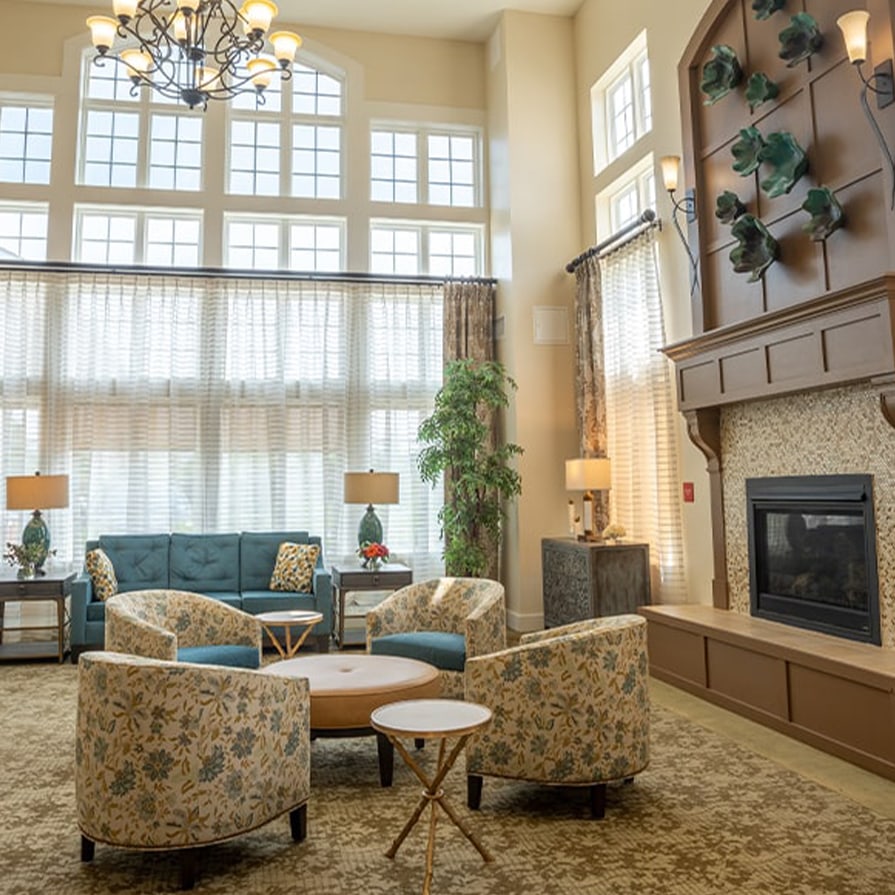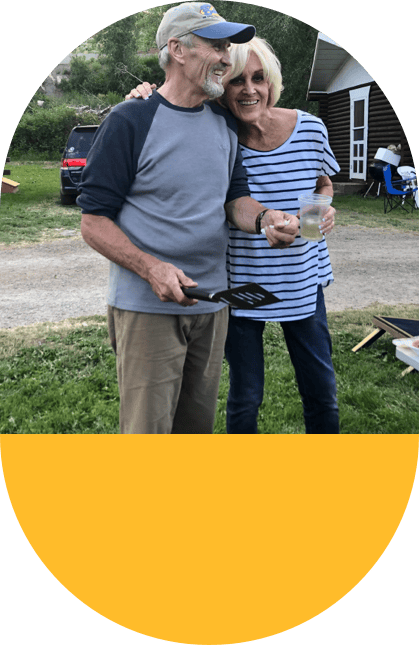Embarking on the journey of transitioning a loved one to a new assisted living community can be a mix of emotions. Moving into a new environment can take some adjusting, whether it’s because of healthcare reasons, the need for daily assistance, or simply socialization.
However, with the right approach, family members can help loved ones adapt to a new assisted living community, with strategies such as:
- Addressing concerns
- Visiting the community before moving
- Communicating with staff
- Personalizing a loved one’s space
- Building connections
- Empowering independence
- Encouraging routine
- Staying involved
Address Concerns & Involve Them in the Process
The first step in transitioning to assisted living is acknowledging and understanding the concerns your loved one may have. Moving to a new place can be overwhelming, even with support and community.
Take the time to have open and honest conversations with loved ones about their fears and expectations. Addressing concerns head-on creates a foundation of trust and helps ease the transition process.
Another way to help a loved one adapt is to involve them in decision-making. Ask them about their needs and preferences, as this will give them a sense of control and help them feel more comfortable moving to a new place.
Visit the Community Before Moving
Once you’ve chosen an assisted living community, visit before the move to prepare a loved one for the transition. This pre-move visit serves as an opportunity to familiarize a loved one with the environment, allowing a firsthand glimpse into the daily life and atmosphere of the community.
Take the time to explore the living spaces, communal areas, and recreational amenities. Engage in conversations with staff members to gain insights into the care provided and the activities offered. Visiting is a chance to ask questions, establish connections, and lay the groundwork for a well-informed and positive transition.
Open Communication with Staff
Establishing an open line of communication with the assisted living community’s staff is essential. Regularly check in with caregivers and other staff members to discuss your loved one’s needs and preferences.
This collaborative approach keeps everyone on the same page, working towards a common goal of providing quality care and support. Feeling heard and understood enhances your loved one’s sense of security and comfort.
Personalize a Loved One’s Space
Personalizing a living space fosters a sense of belonging in a new environment. Bring familiar items—family photos, cherished mementos, or a favorite blanket.
These items add a homey feeling and provide a comforting anchor. Engage your loved one in the process, allowing them to contribute ideas on making their new space theirs.
Build Connections
Community is at the heart of assisted living, and fostering connections is crucial. Encourage your loved one to participate in group activities, outings, or shared meals. Many assisted living communities offer a range of social events tailored to diverse interests. Engaging in these activities helps your loved one adapt, form new friendships, and create a support network.
Empower Independence
Assisted living provides support with daily living activities, such as bathing, dressing, and medication management, while preserving independence as much as possible. Encourage your loved one to take an active role in their daily routine, from choosing to do what they love to participating in wellness programs.
Diverse opportunities at assisted living communities empower independence in loved ones and help establish a sense of control over their new environment. By fostering independence, it aids their adjustment to the community.
Encourage Familiar Routines
Transitions can be smoother when familiar routines are maintained. Family members can work with the assisted living community to incorporate your loved one’s established daily rituals, whether it’s a morning stroll, afternoon reading, or evening games. Consistency in these routines can provide a sense of continuity and normalcy, making the new environment feel more like an extension of home.
Stay Involved
Your role as a family member doesn’t diminish once your loved one has settled into assisted living. Stay actively involved in their life by visiting regularly, participating in community events, and staying connected through calls or video chats. Your and other family members’ and friends’ ongoing presence reinforces a sense of family where your loved one feels supported and connected to their roots.
Help Your Loved One Flourish at Juniper Village
Transitioning to a new assisted living community is undoubtedly a significant change. But through thoughtful planning and a focus on emotional well-being, it can be a positive and enriching experience for your loved one. Working with an assisted living community, family members can contribute to creating a supportive environment where your loved one can truly flourish. If you are considering an assisted living community for a loved one, contact Juniper Village at Chatham to schedule a tour of our community.











